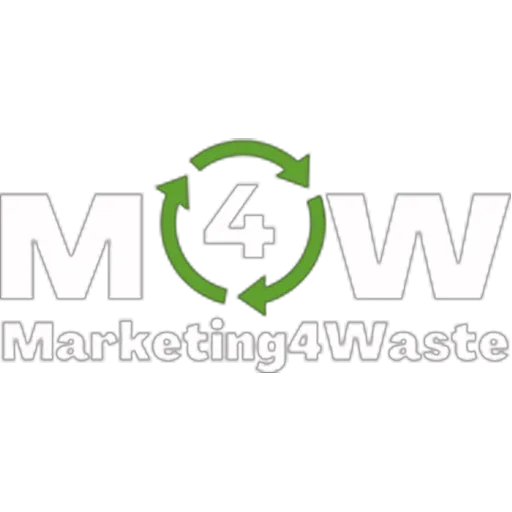Increase the Revenues of Your Waste Company With the Tips Shared in Our Blog Articles

The Strategic Importance of Market Size Awareness in Waste Management To Craft Winning Businesses
Understanding the size and scope of the market is a fundamental requirement for any waste management company looking to craft an effective strategy.
The waste management sector in the United States is vast and multifaceted, encompassing a diverse range of hazardous waste streams and treatment facilities.
As industry leaders, it is imperative to grasp the scale of our operations to optimize resource allocation, enhance operational efficiency, and stay competitive.
The Landscape of Hazardous Waste Treatment Facilities
The latest data highlights the extensive network of facilities involved in hazardous waste treatment across the United States:
1. Commercial Hazardous Waste Treatment, Storage, and Disposal Facilities (TSDFs):
- Approximately 500 TSDFs are operational nationwide, providing essential services such as incineration, chemical treatment, and secure landfilling. These facilities are the backbone of hazardous waste management, ensuring safe and compliant disposal.
2. Medical Waste Treatment Facilities:
- With several hundred facilities dedicated to the treatment of medical waste, including autoclaving, incineration, and chemical disinfection, the healthcare sector's waste management needs are robustly supported.
3. E-Waste Recycling Facilities:
- Around 500 facilities specialize in the dismantling and recycling of electronic waste. This sector is vital as it addresses the increasing volume of discarded electronics, preventing toxic substances from contaminating the environment.
Crafting the Perfect Strategy: Three Key Examples
To illustrate the importance of market size awareness, consider the following examples:
1. Optimizing Resource Allocation
- Example: A company managing multiple TSDFs across different states can use market size data to allocate resources more efficiently. By understanding the volume and types of waste each facility handles, the company can ensure that high-capacity facilities receive the necessary support to operate at full capacity, while smaller or specialized facilities can focus on niche markets.
2. Enhancing Operational Efficiency
- Example: In the medical waste sector, knowing that there are several hundred treatment facilities allows companies to benchmark their operations. By comparing their facility’s performance against industry averages, companies can identify areas for improvement, such as adopting more efficient treatment technologies or streamlining logistics to reduce costs and improve service delivery.
3. Staying Competitive in E-Waste Management
- Example: With approximately 500 e-waste recycling facilities in operation, a company must understand the competitive landscape to stay ahead. By analyzing market trends and the distribution of these facilities, a company can identify underserved regions or emerging markets, allowing them to strategically expand their operations and capture new business opportunities.
For waste management company owners, having a comprehensive understanding of the market size is not just beneficial—it is essential.
This knowledge equips you with the insights needed to make informed decisions, optimize operations, and ultimately achieve long-term success. As the waste management alchemist, I urge you to delve into the data, understand the landscape, and craft strategies that position your company as a leader in this critical industry.
By embracing the full scope of the market, you can transform challenges into opportunities and drive innovation in the ever-evolving field of waste management.
To Your Success
Sam Barrili
The Waste Management Alchemist


© 2026 Marketing4waste - All Rights Reserved,
Marketing4Waste is a brand of MiM MarketingInterimManagers LLC
+1 801 804 5730

